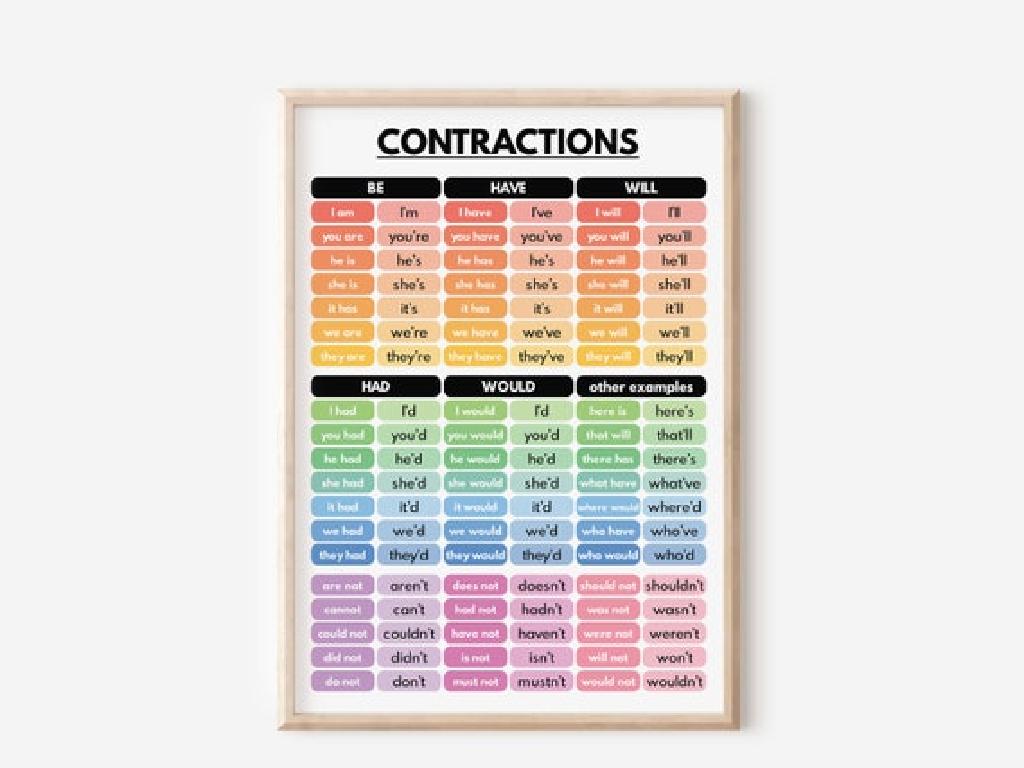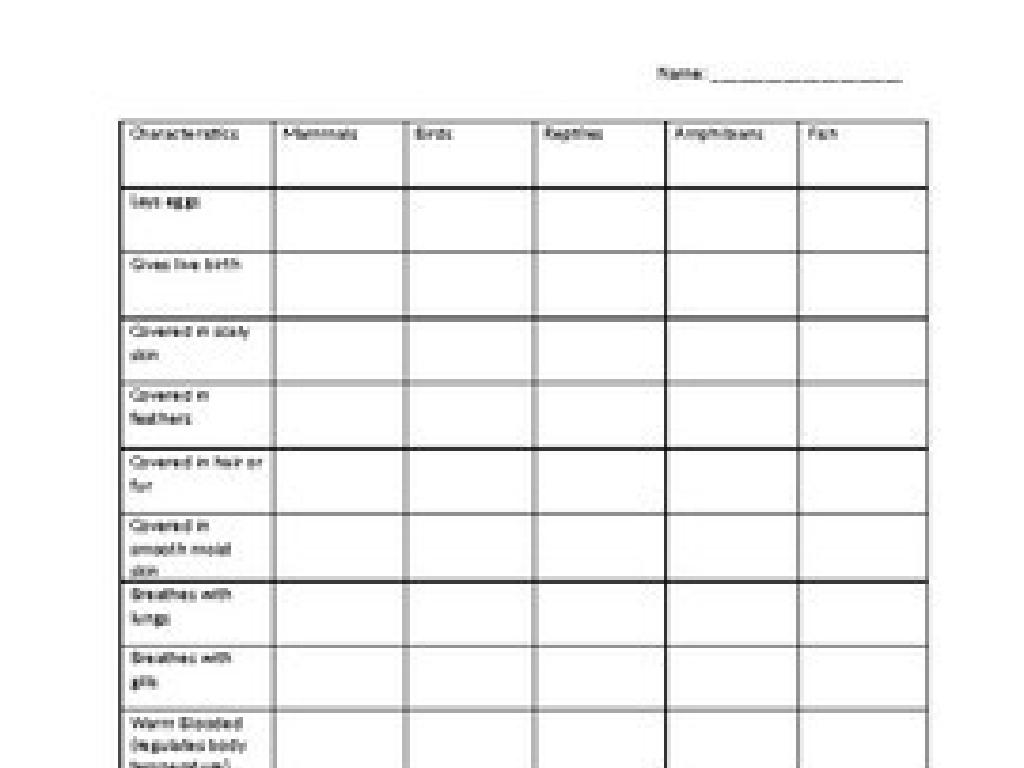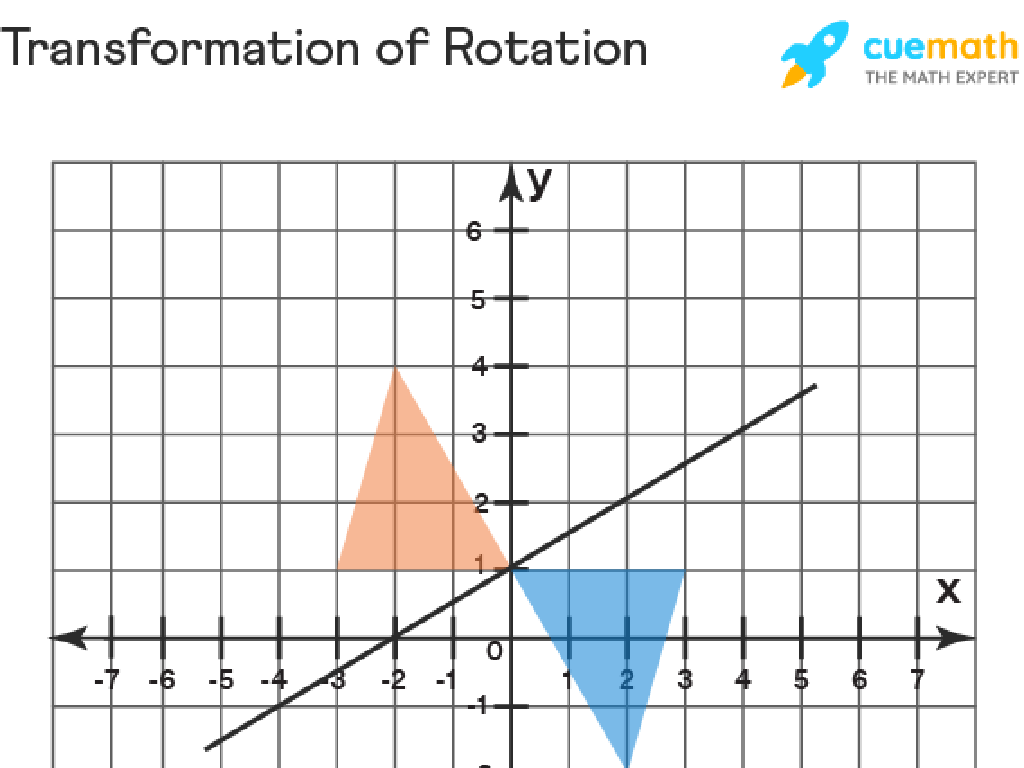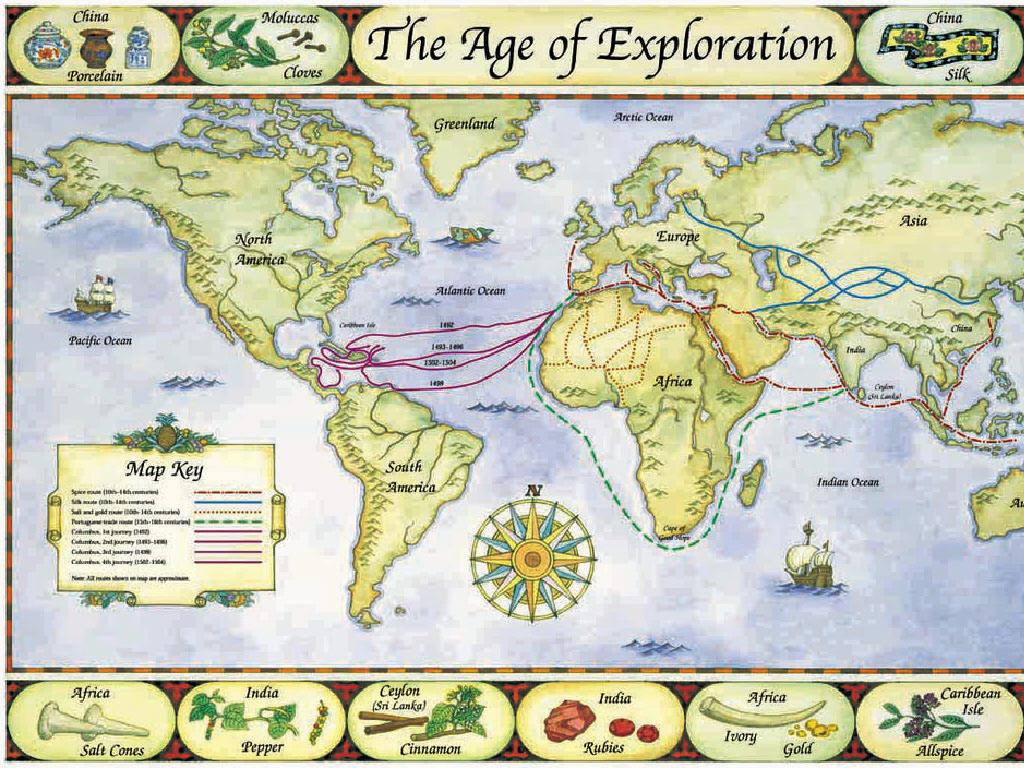Body Systems: Circulation And Respiration
Subject: Science
Grade: Sixth grade
Topic: Anatomy And Physiology
Please LOG IN to download the presentation. Access is available to registered users only.
View More Content
Exploring Circulation and Respiration
– Anatomy & Physiology intro
– Study of body structure & function
– Overview of body systems
– Body systems work together to keep us alive
– Circulatory system essentials
– Heart, blood, and vessels deliver nutrients
– Respiratory system essentials
– Lungs exchange oxygen and carbon dioxide
|
This slide introduces students to the basics of anatomy and physiology, focusing on the circulatory and respiratory systems. Begin by explaining that anatomy is the study of the structure of the body, while physiology is the study of how these structures function. Highlight how different body systems interact to maintain life. Then, delve into the circulatory system, explaining its role in transporting nutrients, oxygen, and waste products throughout the body. Next, describe the respiratory system, emphasizing how the lungs are vital for the exchange of oxygen and carbon dioxide, which is crucial for cellular respiration. Use diagrams to illustrate these systems if possible. Encourage students to think about how these systems work together during activities like exercise.
Exploring Circulation in the Human Body
– Circulation: Blood’s journey
– Blood travels delivering oxygen and nutrients
– Key components: Heart, blood, vessels
– Heart pumps, blood carries, vessels deliver
– Circulatory system’s role
– Transports essentials, protects, and regulates
– How circulation supports health
|
This slide introduces the concept of circulation, which is the movement of blood throughout the body. The circulatory system consists of the heart, which acts as a pump, the blood that carries oxygen and nutrients, and the blood vessels that act as the pathways for blood to travel. The purpose of this system is to transport necessary substances to cells, remove waste products, fight against disease, and help regulate body temperature. Emphasize the importance of each part and how they work together to keep the body healthy. Use diagrams to illustrate the circulatory system and provide examples of how circulation affects overall health.
The Heart: Our Pumping Machine
– Explore heart anatomy
– The heart has four chambers: two atria and two ventricles.
– Understanding heartbeats
– The heart beats due to electrical signals causing chambers to contract.
– Heart’s role in circulation
– It pumps blood throughout the body, delivering oxygen and nutrients.
|
This slide introduces students to the heart, a central organ in the circulatory system. Begin by discussing the heart’s anatomy, highlighting the four chambers and their functions. Explain how electrical signals regulate heartbeats, leading to the contraction of the atria and ventricles, which pump blood. Emphasize the heart’s critical role in circulation, moving blood to distribute oxygen and nutrients to the body while removing waste products. Use diagrams to visualize the heart’s structure and flow of blood. Engage students with interactive activities like feeling their pulse to connect with the lesson.
Blood Vessels: Pathways for Blood
– Types of blood vessels
– Arteries, veins, and capillaries
– Blood’s journey through vessels
– From heart, through body, and back
– Nutrient and waste exchange
– Happens in tiny capillaries
– Role in circulation system
– Vessels are crucial for body function
|
This slide introduces students to the types of blood vessels and their roles in the circulatory system. Arteries carry oxygen-rich blood away from the heart, veins return oxygen-poor blood back to the heart, and capillaries are small vessels where the exchange of nutrients and wastes occurs. Emphasize the importance of this system in maintaining homeostasis by transporting necessary substances to cells and removing waste products. Use diagrams to illustrate the direction of blood flow and provide examples of how this system supports overall health and function. Encourage students to think about how these vessels work together to keep our bodies healthy.
Exploring Respiration
– What is respiration?
– Respiration is the process of inhaling oxygen and exhaling carbon dioxide.
– Breathing: Gas exchange
– Breathing involves taking in oxygen and expelling carbon dioxide through the lungs.
– Respiratory system parts
– Main parts include the lungs for gas exchange, trachea for air passage, and diaphragm for breathing.
– Purpose of respiration
– The system provides oxygen to the body and removes waste gases.
|
This slide introduces the concept of respiration, a critical process for life. Begin by explaining that respiration is how our body gets the oxygen it needs and gets rid of carbon dioxide, a waste product. Emphasize the importance of the lungs, trachea, and diaphragm in this process. The lungs act as the site of gas exchange, the trachea is the airway that conducts air to the lungs, and the diaphragm is the muscle that helps us breathe. The purpose of the respiratory system is to deliver oxygen to the body’s cells for energy production and to remove carbon dioxide produced as a waste product. Engage students by asking them to take deep breaths and feel their chest and abdomen move, which demonstrates the action of the diaphragm.
Lungs: Our Breathing Organ
– Anatomy of the lungs
– Lungs have different parts like bronchi and alveoli
– Gas exchange process
– Oxygen in, carbon dioxide out at the alveoli
– Breathing’s role in circulation
– Breathing moves oxygen to blood, removes waste
– Lungs and heart work together
– Oxygen-rich blood from lungs to heart, then body
|
This slide introduces the lungs, focusing on their structure and function in the respiratory and circulatory systems. Discuss the parts of the lungs, including the bronchi and alveoli, and how they are crucial for gas exchange. Explain how oxygen is taken in and carbon dioxide is expelled, a process essential for life. Highlight the interdependence of respiration and circulation, emphasizing how the lungs and heart work in tandem to oxygenate blood and remove carbon dioxide. Use diagrams to illustrate the anatomy of the lungs and the flow of blood and air. Encourage students to think about how these processes occur with every breath they take.
Circulation Meets Respiration
– Synergy of circulatory & respiratory systems
– These systems work together to distribute oxygen and remove carbon dioxide.
– Oxygen-rich vs. oxygen-poor blood
– Arterial blood is oxygen-rich, while venous blood is oxygen-poor.
– The cycle of breathing & blood flow
– Inhalation brings O2 into the lungs; circulation spreads it throughout the body.
– Significance for body function
– This process is vital for energy production and overall health.
|
This slide aims to explain the interdependence of the circulatory and respiratory systems. The circulatory system transports nutrients and oxygen to the cells and removes waste products, while the respiratory system is responsible for taking in oxygen and expelling carbon dioxide. Oxygen-rich blood refers to blood that has been oxygenated in the lungs and is being transported to the body’s tissues, while oxygen-poor blood carries carbon dioxide and other waste products back to the lungs. The cycle of breathing and blood flow is a continuous process that is essential for maintaining the body’s homeostasis and providing the energy needed for all bodily functions. Understanding this cycle is crucial for students as it lays the foundation for more advanced topics in human physiology.
The Effects of Exercise on Circulation and Respiration
– Exercise raises heart rate
– Heart pumps faster to supply more oxygen
– Running accelerates breathing
– Lungs work harder to increase oxygen intake
– Body adjusts to physical activity
– Muscles demand more oxygen, blood flow increases
|
This slide aims to help students understand the relationship between exercise and the circulatory and respiratory systems. When we exercise, our heart rate increases to pump more blood, and thus more oxygen, to our muscles. Similarly, our breathing rate accelerates to take in more oxygen. These adjustments are the body’s way of meeting the increased oxygen demands of physical activity. Encourage students to think of times when they’ve experienced these changes themselves, such as when running or playing sports. This real-life connection can help solidify their understanding of these important body systems.
Class Activity: Feel Your Pulse!
– Locate your pulse on neck or wrist
– Count heartbeats for 15 seconds
– Multiply heartbeats by 4 for rate
This gives us the heart rate per minute.
– Discuss exercise and heart rate
Think about how running or jumping might change your pulse.
|
This activity is designed to give students a practical understanding of how their circulatory system works. Students will first locate their pulse either on their neck or wrist, which is where the blood vessels are close to the skin. Then, they will count how many beats they feel in 15 seconds. Multiplying this number by 4 will give them their heart rate per minute, a simple way to measure their circulatory efficiency. After the activity, lead a discussion on how exercise can increase heart rate, as the body needs more oxygen and nutrients during physical activity. Possible activities for different students could include jumping jacks, running in place, or simply walking, and then they can feel how their pulse changes with each.
Conclusion: Circulation & Respiration Systems
– Recap: Circulation System
– The heart pumps blood through the body, delivering oxygen and nutrients.
– Recap: Respiration System
– Breathing in oxygen and releasing carbon dioxide keeps our cells functioning.
– Significance of Healthy Systems
– Healthy systems are vital for energy, growth, and repair.
– Q&A Session
|
As we conclude our lesson on the circulatory and respiratory systems, remind students of the key functions: the circulation system works as the body’s delivery system, while the respiration system is essential for providing oxygen to the body and expelling carbon dioxide. Emphasize the importance of maintaining healthy systems through proper nutrition, exercise, and avoiding harmful substances. Finally, encourage students to ask any questions they have, fostering an environment where curiosity is welcomed and rewarded. Be prepared to clarify any concepts and provide additional examples if needed.






